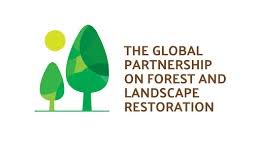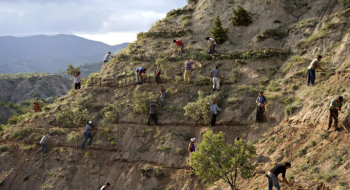Protection Zone Law (1997)
The Law provides rules on different types of protection zones, protected areas, and protection strips, which are specified in laws and other regulatory enactments. Its purpose is to determine the types of protection zones and the functions thereof; the basic principles for the establishment of protection zones; the procedures for the maintenance and control of the condition of protection zones; and restrictions of economic activity in protection zones.





